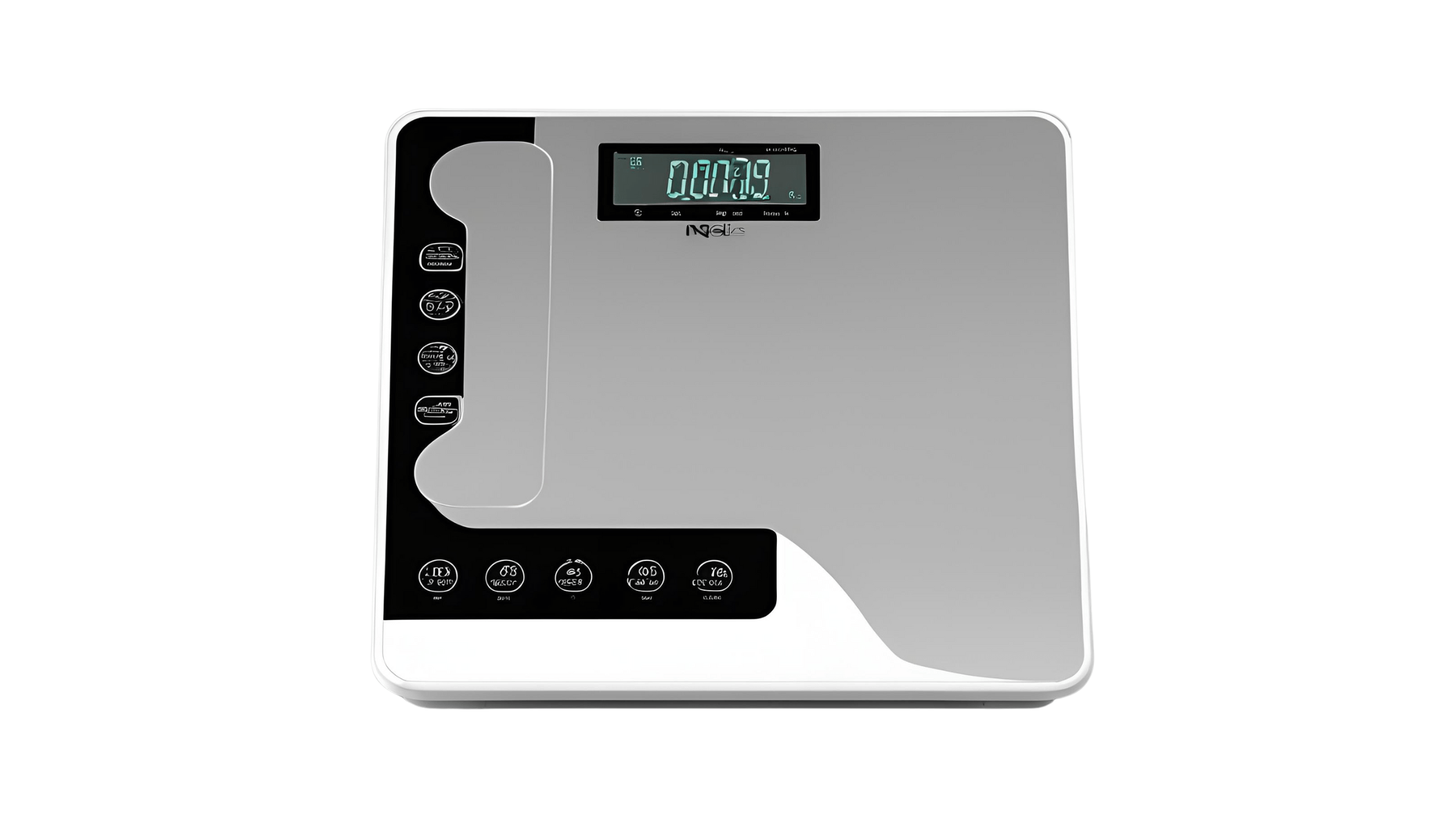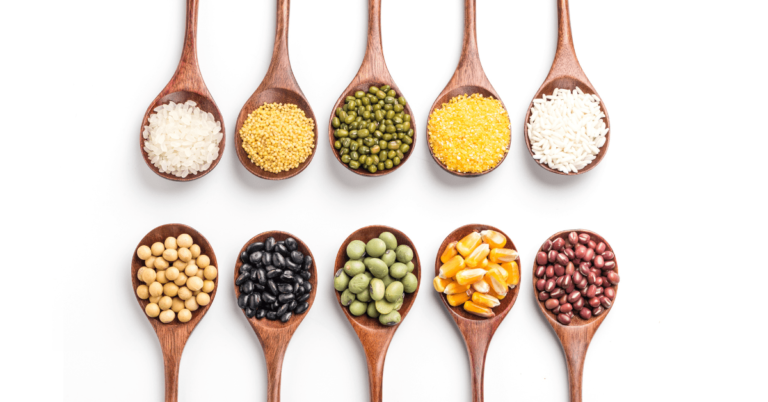Bioelectrical Impedance Analysis Scale (BIA)
A Bioelectrical Impedance Analysis scale (BIA) provides a quick and non-invasive way to estimate body composition. The scale includes metrics such as body fat percentage, muscle mass, and overall hydration levels.
Subsequently, it can be valuable for individuals as it tracks indicative fitness progress, setting well-being goals, and monitoring overall health status. Similarly, a study by Cimmino et al. (2023) suggests that “the correct assessment of body composition is essential for an accurate diagnostic evaluation of nutritional status.”
This article examines in an overview the bioelectrical impedance analysis mechanism.
1. Bioelectrical Impedance Analysis Scale (BIA)
A bioelectrical impedance analysis (BIA) scale is a device that measures “body composition,” including body fat percentage, by sending a small electrical signal through the body.
It can be helpful as a indicative mechanism to evaluate nutritional status, hydration, undernutrition, being overweight and obesity, albeit within its particular scope and in combination with other measures.
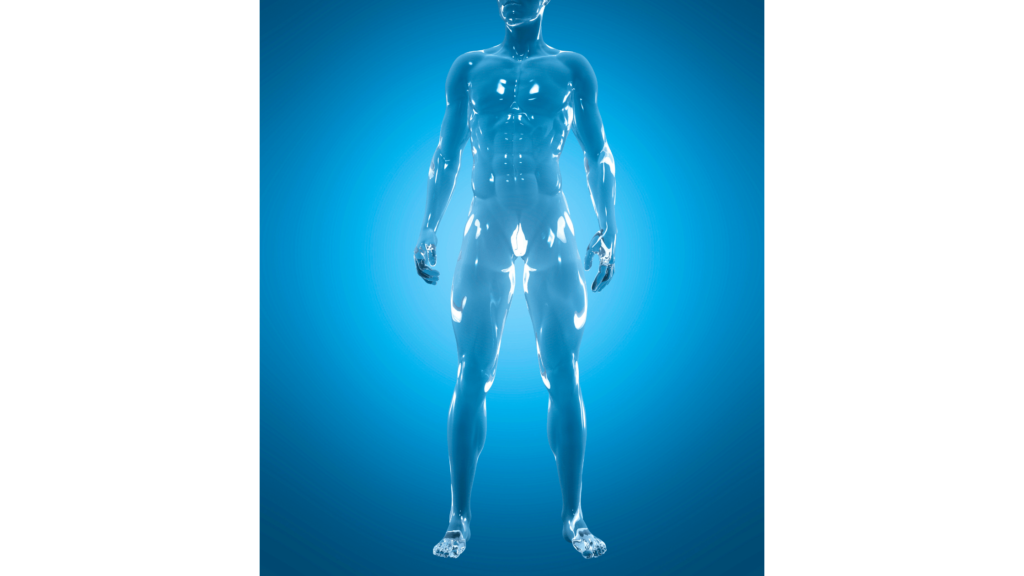
BIA Mechanism
Based on how the small electrical signal flows through different tissues, the scale can estimate the amount of fat, muscle, and water in the body.
Suitability of using a BIA depends on individual health status and age.
Electrical Signal & Different Resistance Levels
Subsequently, according to Cimmino et al. (2023), “the BIA is based on the principle that diverse body components offer different resistance to an electrical current. Lean tissues, containing large amounts of water and electrolytes, offer low resistance to the passage of an electrical current, making them effective conductors of electrical currents. On the contrary, fat, bone, and skin exhibit low conductivity and high resistance. BIA application enables a calculation of the phase angle and body cell mass (BCM), both of which are used as nutritional markers.”
Indication of Lean Tissue & What It May Suggest
According to Bioelectrical Impedance Analysis (BIA), lean tissues are the most effective conductors of electrical current.
For a healthy individual, lean tissue suggests a well-balanced body composition because lean tissues, such as muscles and organs, contain high water content and electrolytes, allowing electrical current to pass through them easily.
As an example, if we imagine lean tissues as efficient conductors like copper wires, allowing electricity to flow smoothly. There is a sort of lightness to lean tissue which reflects in its total body weight measurement, similar to how lighter materials conduct electricity more effectively.
Energy Efficiency
Based on the principles of bioelectrical impedance analysis (BIA), it may be suggestive that fat maybe less efficient in conducting electrical current compared to lean tissues. In terms of the body’s endogenous energies such as chemical energy, it could be speculated that these energies may move around with less efficiency in fat compared to lean tissues.
However, this is subject to individual health status and other factors, so it may not always be universally applicable. Therefore, a more comprehensive analysis based on an individual’s specific circumstances would be necessary.
Types of BIA Scales
In terms of the different types of BIA scale, they may be used in medical settings as well as domestic.
- Professional machines can involve more detailed metrics and are used and assessed by a professional.
- Domestic machines for domestic setting can be useful for working with one’s individual well-being goals and general personal management.
Selecting an appropriate choice of machine would depend on the individuals requirements and capacity to productively work with the metrics either as general insight or part of a professional regime.
Helpful Indicators
In the same way, working with a professional or discussing results with a professional may be helpful to accurately interpret BIA values, which are indicators, subject to fluctuations and changes.
The next section offers an overview of body composition and some measurements evaluated within a BIA system.
2. Body Composition
Body composition refers to the proportion of fat, muscle, water, and other tissues in the body. It is a simple way to describe the makeup of the body in terms of different components.
Although body composition may also be subject to general changes and fluctuations. For instance where a healthy individual is fasting, BIA may show variable figures as compared to their normal dietary routine.
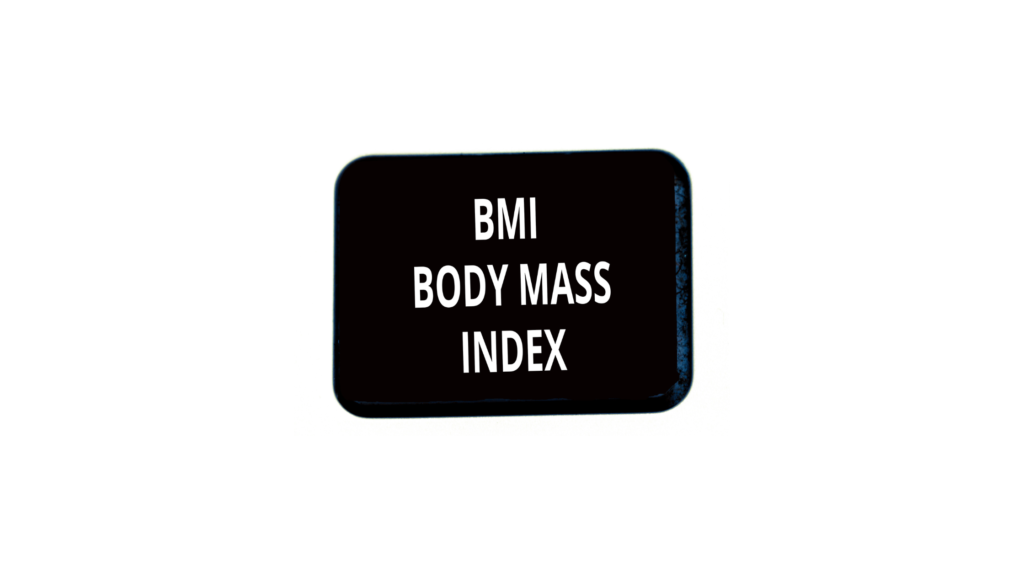
Body composition includes metrics like, BMI, Phase Angle, Body Cell Mass, BIA measures etc. Some of which are discussed below.
Body Mass Index (BMI)
Body Mass Index (BMI) is a measure of body fat based on an individual’s weight and height. It is calculated by dividing a person’s weight in kilograms by the square of their height in meters.
BMI is a type of screening tool that can help identify possible weight problems in adults. Although it is not a diagnostic tool as it does not account for factors such as muscle mass, bone density, overall body composition.
Overweight individuals are classified with BMI values ranging from 25 kg/m2 to less than 30 kg/m2, while obese patients are classified by a BMI greater than or equal to 30 kg/m2, Cimmino et al. (2023).
However, BMI is not a direct measure of body fat and cannot distinguish fat mass from lean body mass (muscle and bone) or indicate where fat is located in the body. Therefore, evaluating BMI in accordance with other parameters would provide a more comprehensive indicator of its quality beyond just the figure alone.
Limitations Of Standalone BMI
As pointed out by Cimmino et al. (2023), two individuals can also have the same BMI score while different body distribution. For example, one with a greater “muscle mass” component and the other with a greater “fat mass” component.
Therefore, in addition to other metrics, BIA values would be helpful in further identifying body compositions when taking a more considered and actual approach.
Phase Angle (Cell Integrity) Resistance & Reactance
Phase angle in body composition analysis refers to the relationship between resistance and reactance in a bioelectrical impedance analysis. It provides information about the cell membrane integrity and the amount of water in the body’s cells.
A higher phase angle is generally associated with better cell health and hydration levels for healthy individuals.
It is an indicator of physical state, increased cellularity (more body cell mass relative to fat free mass), and cellular integrity. The ideal phase angle values range between 5 and 9 degrees (variable), depending on the age, sex, health status (Kumar et al., 2012), subject to changes.
An Example Of Phase Angle
Imagine a balloon filled with water. The phase angle would be like a measure of how elastic the balloon is and how much water it contains.
A higher phase angle would mean the balloon is in good shape and has more water inside, while a lower phase angle would suggest the balloon is less elastic and has less water.
Water is the most abundant molecule in cells, accounting for 70% or more of total cell mass, according to Cooper (2000), in “The Cell: A Molecular Approach,”
According to Cimmino et al. (2023) phase angle and body cell mass (BCM) are strongly associated with health status.
Basal Metabolic Rate
Basal metabolic rate (BMR) refers to the number of calories your body needs to perform basic functions at rest, such as breathing and circulating blood. It varies based on factors such as age, gender, weight, and muscle mass.
Metabolic age is a comparison of your BMR to the typical BMR for your age group. It provides insight into how efficiently your body is burning calories compared to others of the same age.
An example of metabolic age could be 34, indicating that based on factors such as BMR, weight, and activity level, the person’s body is metabolically similar to an average 34-year-old individual. This comparison provides insight into the efficiency of their metabolism compared to others in their age group.
Individual BMR & The Approach of 2000 Calories Per Day
Subsequently, the blanket recommendation of 2000 calories per day, based on this premise, therefore may not align with basal metabolic rate (BMR) considerations, as accounted for in scientific and professional settings.
- For example, an adult male with a BMR of 1800 calories per day would require more or less than 2000 calories based on their individual energy needs.
- Similarly, a female with a BMR of 1400 calories per day would also require a different caloric intake. This underscores the importance of taking into account BMR and individual factors when determining calorie recommendations.
Body Cell Mass
Cell mass refers to the total amount of material present within a cell, including all cellular components such as organelles, cytoplasm, and the cell membrane. It is a crucial factor in determining the overall size and health of a cell, and it plays a significant role in various cellular processes and functions.
Considering the fat free mass without extracellular water and bone mineral mass, the indicative BCM is obtained.
Proxy
Skeletal muscle mass (SMM) can be a useful proxy for assessing metabolic activity and cellular health nearer to BCM.
While BCM encompasses all cellular components of the body, including skeletal muscle, organs, and other tissues, SMM specifically refers to the mass of skeletal muscles. Since skeletal muscles contribute significantly to BCM, monitoring changes in SMM can provide insights into overall changes in body cellular mass. However, it’s important to consider that BCM includes components beyond skeletal muscle, so SMM is just one of the factors to consider when assessing BCM.
Total Body Water Estimating Body Cell Mass
Body cell mass (BCM) is often calculated using Total Body Water (TBW) because water is the primary component of lean body mass and is present in all metabolically active cells. Since the human body is composed of a significant amount of water, especially within cells, TBW provides a way to estimate the non-fat, metabolically active components of the body.
Bioelectrical impedance analysis (BIA), which is commonly used to estimate body cell mass, relies on the principle that water and electrolytes in the body conduct electrical currents. By measuring the body’s impedance to a small electrical current, BIA scales can estimate TBW, which is then used to calculate body cell mass.

Phase Angle From BIA
The phase angle obtained from a BIA scale can be influenced by lean body mass. Generally, a higher lean body mass is associated with a higher phase angle as suggested by studies, as it is indicative of better cell health and overall body composition.
Effectiveness & Reliability
The study by Cimmino et al. (2023), also suggest that, “BIA scales are currently the most effective and reliable technique for the estimation of body composition and fluid status” in terms of a device mechanism and based on rapidity of their execution, their non-invasiveness, and their low cost.
- Further suggesting, over the past decade, their use has significantly increased due to their undoubted advantages.
- However, the manufacturer and level of the BIA scales will also play a major role in determining its reliability and effectiveness.
- A BIA scale is an indicative tool, therefore, it may be helpful as a supportive and in addition to other observable parameters. Also, body composition measured by BIA may be affected by hydration, edema and fasting Merchant RA et al. (2021).
Typical Values In A BIA Scale
- Weight
- Body fat percentage
- Muscle mass
- Body water percentage
- Bone density
- Basal metabolic rate
- Metabolic age
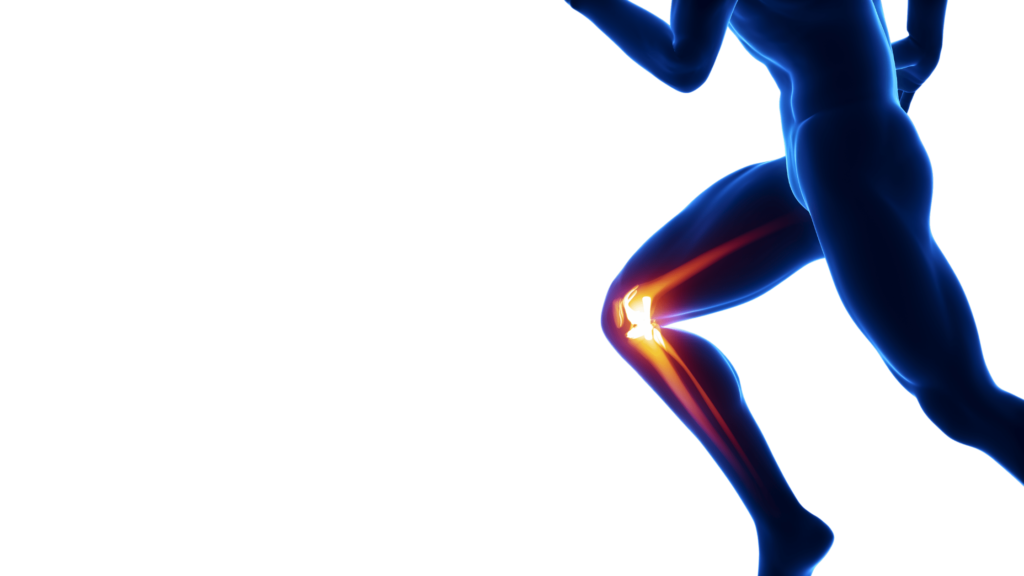
Other Considerations
Phase angle values may subject to fluctuations and decrease in conditions with inflammation, malnutrition, and prolonged physical inactivity. Low phase angle values may also suggest malnutrition and/or other issues subject to individual health status.
3. Nutritional Status
As suggested by Cimmino et al. (2023), “health risks may exponentially rise in a state of malnutrition. Malnutrition includes both undernutrition and overnutrition.
Further suggesting that, “an appropriate diet should reduce both the weight and the body fat, but not the body cell mass.”
This concept is supported by traditional sciences. For instance, Ayurveda asserts that malnutrition is a result of lifestyle-related factors and advocates for an active natural diet rich in whole foods and food matrices to maintain proper hydration for overall well-being and vitality.
Thus, the use of a bioelectrical impedance analysis scale can contribute to holistic well-being
Summary
The Bioelectrical Impedance Analysis (BIA) scale provides a valuable and non-invasive method for estimating body composition, allowing individuals to track fitness progress, set well-being goals, and monitor overall health status. Discussions with a professional can help interpret BIA values accurately, considering individual fluctuations and health factors, aligning with a holistic approach to well-being.
In terms of body composition, BIA provides insights into metrics such as BMI, phase angle, and body cell mass, which offer valuable indicators of nutritional status.
Emphasizing the importance of maintaining a balanced and natural diet for overall well-being and vitality, the use of a BIA scale can also contribute to a holistic and comprehensive approach to maintaining wellbeing.
References: Cimmino, et al. (2023) Merchant RA, et al. (2021) Kumar, et al. (2012)
Precautions & Suitability
Precautions and personal responsibility are paramount. If something is suitable or not, make an informed choice and seek the advice of a professional. The suitability of a BIA scale is dependent on individual health status and age.
This is an informational post only and does not constitute as professional advice.
Related Information
References
- Cimmino F, Petrella L, Cavaliere G, Ambrosio K, Trinchese G, Monda V, D’Angelo M, Di Giacomo C, Sacconi A, Messina G, Mollica MP, Catapano A. A Bioelectrical Impedance Analysis in Adult Subjects: The Relationship between Phase Angle and Body Cell Mass. J Funct Morphol Kinesiol. 2023 Jul 28;8(3):107. doi: 10.3390/jfmk8030107. PMID: 37606402; PMCID: PMC10443260.
- Howe CA, Corrigan RJ, Djalali M, McManaway C, Grbcich A, Aidoo GS. Feasibility of Using Bioelectrical Impedance Analysis for Assessing Youth Weight and Health Status: Preliminary Findings. Int J Environ Res Public Health. 2021 Sep 26;18(19):10094. doi: 10.3390/ijerph181910094. PMID: 34639395; PMCID: PMC8507857.
- Prakriti EasyAyurveda: https://www.easyayurveda.com/2018/07/24/prakruti-dosha-body-type-charaka/
- Kumar S, Dutt A, Hemraj S, Bhat S, Manipadybhima B. Phase Angle Measurement in Healthy Human Subjects through Bio-Impedance Analysis. Iran J Basic Med Sci. 2012 Nov;15(6):1180-4. PMID: 23653848; PMCID: PMC3646229.
- Merchant RA, Seetharaman S, Au L, Wong MWK, Wong BLL, Tan LF, Chen MZ, Ng SE, Soong JTY, Hui RJY, Kwek SC, Morley JE. Relationship of Fat Mass Index and Fat Free Mass Index With Body Mass Index and Association With Function, Cognition and Sarcopenia in Pre-Frail Older Adults. Front Endocrinol (Lausanne). 2021 Dec 24;12:765415. doi: 10.3389/fendo.2021.765415. PMID: 35002957; PMCID: PMC8741276.
- Lee JB, Sung BJ, Ko BG, Cho EH, Seo TB. A comparative study on the reliability and validity of body composition results by impedance method measurement device. J Exerc Rehabil. 2023 Oct 25;19(5):299-308. doi: 10.12965/jer.2346404.202. PMID: 37928832; PMCID: PMC10622934.
- da Silva BR, Orsso CE, Gonzalez MC, Sicchieri JMF, Mialich MS, Jordao AA, Prado CM. Phase angle and cellular health: inflammation and oxidative damage. Rev Endocr Metab Disord. 2023 Jun;24(3):543-562. doi: 10.1007/s11154-022-09775-0. Epub 2022 Dec 7. PMID: 36474107; PMCID: PMC9735064.
- McCuller C, Jessu R, Callahan AL. Physiology, Skeletal Muscle. [Updated 2023 Jul 30]. In: StatPearls [Internet]. Treasure Island (FL): StatPearls Publishing; 2024 Jan-. Available from: https://www.ncbi.nlm.nih.gov/books/NBK537139/
- Cooper GM. The Cell: A Molecular Approach. 2nd edition. Sunderland (MA): Sinauer Associates; 2000. The Molecular Composition of Cells. Available from: https://www.ncbi.nlm.nih.gov/books/NBK9879/

